Deep tile cleaning in high-traffic areas like bathrooms and kitchens is essential to remove dirt, stains, and grime buildup due to constant use and exposure to moisture. It involves specialized tools such as vacuums with attachments, scrub brushes, pH-balanced cleaners, and protective gear. Regular maintenance includes daily mopping, using floor mats, and occasional deep cleaning sessions with eco-friendly products to preserve the aesthetic appeal and longevity of ceramic, porcelain, and other tiled surfaces.
Keeping high-traffic tile areas in your home—like bathrooms and kitchens—looking pristine can be a chore. These spaces are subjected to constant wear and tear, making deep cleaning essential for removing built-up grime, stains, and bacteria. This comprehensive guide tackles everything from understanding the unique challenges of these areas to providing a step-by-step approach for effective deep tile cleaning using safe, eco-friendly products. Learn professional tips to maintain cleanliness between deep cleans and keep your high-traffic tiles sparkling.
Understanding High-Traffic Tile Areas
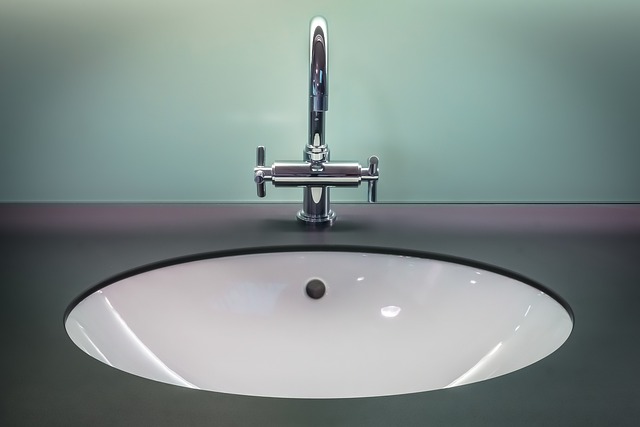
In high-traffic areas like bathrooms and kitchens, tiles are subjected to constant wear and tear from daily use. These spaces see a steady stream of people, often with frequent contact between visitors and surfaces. This constant footfall can lead to accelerated dirt buildup, stains, and grime on tile surfaces, requiring more than just regular cleaning. Deep tile cleaning for bathrooms and kitchens involves targeted strategies to address these challenges.
Understanding the unique demands of high-traffic areas is crucial. Bathrooms, with their humid environments, and kitchens, prone to spills and splashes, necessitate effective deep cleaning methods. Professional cleaners employ specialized equipment and solutions tailored to penetrate and remove deeply ingrained dirt, ensuring tiles look as good as new. Regular maintenance, combined with these deep cleaning sessions, is key to preserving the aesthetic appeal and longevity of tiled surfaces in high-traffic zones.
The Challenges of Deep Cleaning in Bathrooms and Kitchens
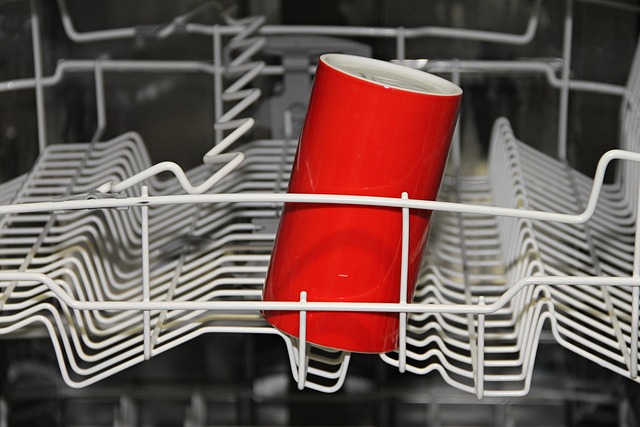
Deep cleaning high-traffic tile areas, particularly in bathrooms and kitchens, presents unique challenges. These spaces often bear the brunt of daily use, leading to buildup of soap scum, hard water stains, and greasy residue from cooking. The porous nature of tiles makes them susceptible to harboring bacteria and mold if not properly maintained.
Bathroom and kitchen tiles require a more intensive cleaning process than regular floors due to frequent moisture exposure. Steam, soap, and mineral deposits can leave behind stubborn marks that conventional mopping might miss. Efficient deep tile cleaning involves using specialized tools, like scrub brushes and powerful vacuums, along with pH-balanced cleaners to tackle these issues effectively without damaging the tiles or grout.
Essential Tools and Equipment for Effective Deep Tile Cleaning

When it comes to deep cleaning high-traffic tile areas, such as bathrooms and kitchens, the right tools make all the difference. For effective deep tile cleaning, invest in a few key pieces of equipment. A powerful vacuum cleaner with a specialized attachment for tiles is essential to remove embedded dirt and grime. Additionally, a heavy-duty tile scrubber or brush designed for tough stains will help you tackle stubborn residue. Don’t forget a high-quality bucket and squeegee set; these tools ensure thorough cleaning and efficient water removal, leaving your tiles sparkling clean.
For deep tile cleaning, consider using pH-neutral tile cleaners that are safe for both ceramic and porcelain tiles. These cleaners cut through grease and grime without damaging the surface. Also, have on hand a grout brush to reach tight spaces between tiles and remove built-up grime. Finally, protect your hands with gloves and wear eye protection to avoid skin irritation or debris in your eyes during the cleaning process.
Step-by-Step Guide to Deep Cleaning Tiles
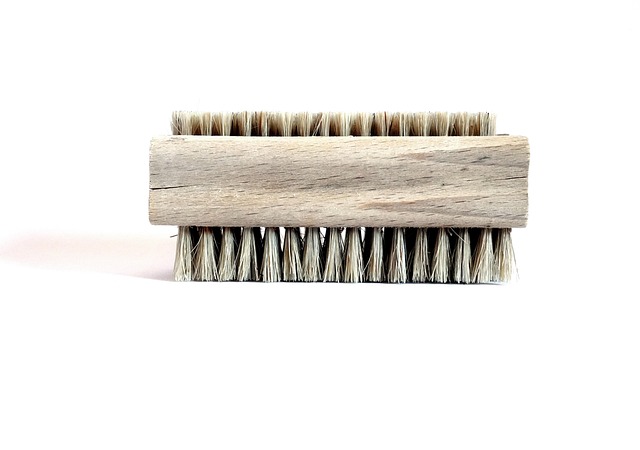
Deep cleaning tiles in high-traffic areas like bathrooms and kitchens is essential to maintaining a hygienic and visually appealing space. Here’s a step-by-step guide to ensure effective deep tile cleaning. Begin by gathering your tools and materials, including a vacuum cleaner with a brush attachment, a floor scrubber or tile cleaning solution, a mop, and non-abrasive sponges or cloths. Remove all furniture and accessories from the area to facilitate thorough cleaning.
Next, sweep or vacuum the tiles to eliminate loose dirt and debris. This initial step prevents scratching during the cleaning process. After vacuuming, mix your chosen cleaning solution with water according to the manufacturer’s instructions. Dip your mop or floor scrubber into the solution and begin cleaning the tiles in sections, working from one end of the room to the other. Pay special attention to grout lines, using a small brush or sponge to scrub thoroughly. Rinse the area with clean water after each section to remove residual soap and dirt. Finally, dry the tiles completely to prevent slipping and ensure a streak-free finish.
Safe and Eco-Friendly Cleaning Products for Tiles

When it comes to deep cleaning high-traffic tile areas like bathrooms and kitchens, choosing safe and eco-friendly cleaning products is a must. Many traditional cleaners contain harsh chemicals that can not only be harmful to your health but also detrimental to the environment. For a deeper clean that’s kind to both you and the planet, opt for natural, non-toxic alternatives. These products often use plant-based ingredients like citrus oils or baking soda to cut through grease and grime effectively.
Look for cleaning solutions specifically formulated for tiles, as they can better address the unique challenges of these surfaces while leaving them sparkling clean. Always read product labels to ensure they are labeled as safe for both ceramic and porous tiles. Using eco-friendly cleaners not only reduces your carbon footprint but also creates a healthier living space by eliminating harsh chemicals from your environment.
Maintaining Cleanliness Between Deep Cleans
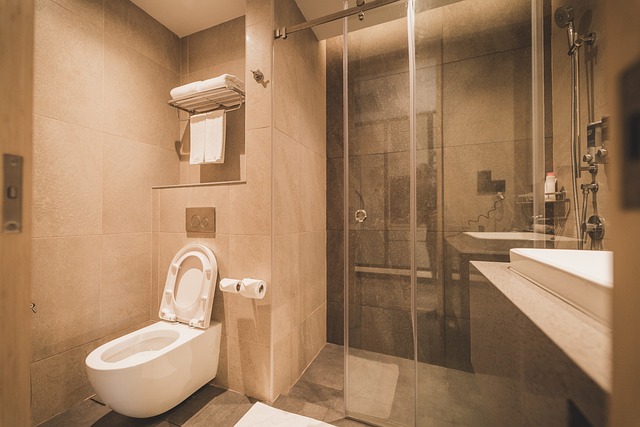
Regular upkeep is key to preserving the cleanliness and longevity of high-traffic tile areas, like those found in bathrooms and kitchens. Between deep cleaning sessions, a consistent daily routine can significantly reduce dirt and grime buildup. Simple tasks such as mopping with a suitable cleaner and using a floor scrubber or brush can help remove loose debris and maintain a fresh look. Creating a schedule for these quick clean-ups ensures that heavy traffic areas don’t become overwhelming when it’s time for a deep tile cleaning.
Additionally, using floor mats at entrances can trap dirt and moisture before it spreads across tiles, making subsequent cleaning easier. Preventing excessive water exposure is crucial, as it can lead to mold and mildew growth behind the grout lines, requiring more intensive cleaning efforts. By combining these preventative measures with regular daily maintenance, deep tile cleaning sessions will be less frequent and more effective for high-traffic spaces in bathrooms and kitchens.
Professional Tips for Keeping High-Traffic Areas Spotless
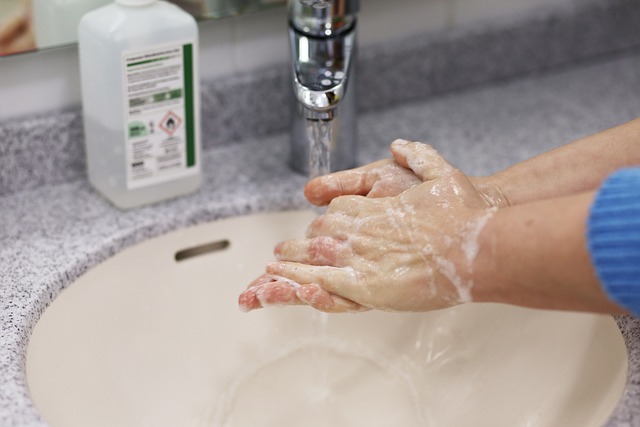
Maintaining deep tile cleaning in high-traffic areas like bathrooms and kitchens is a continuous task that requires professional techniques. Regular mopping might only scratch the surface, so it’s crucial to employ methods that penetrate grime and stains deeply. One effective strategy is using a steam cleaner, which not only removes dirt but also kills bacteria and leaves tiles sanitized. This is especially beneficial in areas prone to mold and mildew growth.
Another professional tip involves applying a mild, pH-neutral tile cleaner for daily upkeep. This ensures that surfaces remain free from residue buildup between deep cleaning sessions. Additionally, sealing grout lines regularly with a water-repellent product can significantly reduce the amount of dirt and moisture absorbed into tiles and grout, making future cleaning less intensive. These practices are key to preserving the cleanliness and longevity of high-traffic tile areas in both bathrooms and kitchens.
